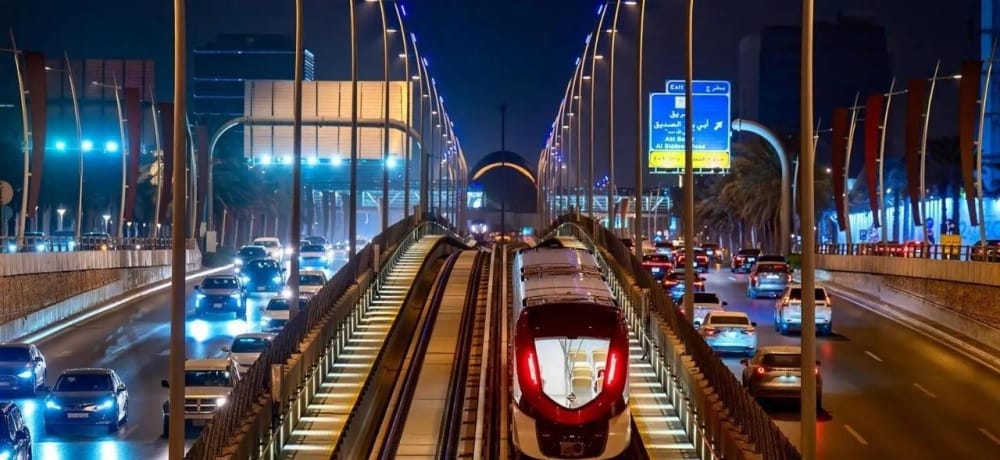Engaging Review of “قطار الرياض” Project
Embark on a journey through the visionary inception and diligent supervision of the “قطار الرياض” project, a testament to the leadership of King Salman bin Abdulaziz Al Saud. From his tenure as the head of the Riyadh Development Authority to his reign as the Crown Prince and subsequently as the King, this monumental project was first proposed 16 years ago on October 20, 2009.
The creation of the “قطار الرياض” project unfolded through six pivotal stages, each laying the foundation for this colossal undertaking:
- Under the guidance of King Salman bin Abdulaziz while serving as the Prince of Riyadh, studies were initiated to enhance the city’s transportation system.
- The establishment of the first specialized workshop to study the future prospects of Riyadh, with the participation of global experts from the USA, Germany, and Canada.
- Completion of technical studies in collaboration with international consulting firms such as Dornier (Germany), IBI (Canada), and Egis Rail (France).
- Coordination with various entities including the Riyadh Municipality, Ministry of Finance, and Ministry of Transport to explore funding avenues for the project.
- The Riyadh Development Authority approved the submission of a request for funding the “قطار الرياض” project in its 1429 meeting.
- King Salman bin Abdulaziz, during his tenure as the head of the Riyadh Development Authority, presented the proposal to the royal court in October 2009.
Frequently Asked Questions
1. What was the initial inspiration behind the “قطار الرياض” project?
The project was inspired by King Salman bin Abdulaziz’s vision to enhance Riyadh’s transportation infrastructure, starting with comprehensive studies to modernize the city’s transit system.
2. How were global experts involved in shaping the future of Riyadh?
A specialized workshop was convened with experts from the USA, Germany, and Canada to analyze and strategize the city’s developmental trajectory.
3. Which international consulting firms contributed to the technical studies of the project?
Firms like Dornier from Germany, IBI from Canada, and Egis Rail from France collaborated on the technical aspects of the “قطار الرياض” project.
4. What were the key milestones in the development of the project?
Key milestones included securing funding, coordinating with relevant authorities, and presenting the proposal to the royal court under King Salman’s leadership.
5. How did the Riyadh Development Authority support the project?
The Authority played a crucial role in approving the funding request and facilitating the project’s progression, aligning with the city’s developmental goals.
6. When was the first proposal for the “قطار الرياض” project submitted?
The initial proposal was presented to King Abdullah bin Abdulaziz in October 2009, marking the formal inception of the ambitious transportation initiative.
7. What impact is the “قطار الرياض” project expected to have on Riyadh’s infrastructure?
The project is poised to revolutionize Riyadh’s transportation landscape, offering a modern, efficient, and sustainable mode of transit for residents and visitors alike.
8. How has King Salman bin Abdulaziz’s leadership influenced the project’s trajectory?
King Salman’s visionary leadership and unwavering commitment to Riyadh’s development have been instrumental in propelling the “قطار الرياض” project forward, setting the stage for transformative change.
9. What role did international collaboration play in the project’s success?
Collaboration with global experts and consulting firms brought diverse perspectives and expertise to the table, ensuring a comprehensive and well-rounded approach to the project’s execution.
10. What future prospects do you foresee for the “قطار الرياض” project?
The project’s future looks promising, with the potential to redefine Riyadh’s urban mobility, foster economic growth, and elevate the city’s status on the global stage as a model of sustainable development.

